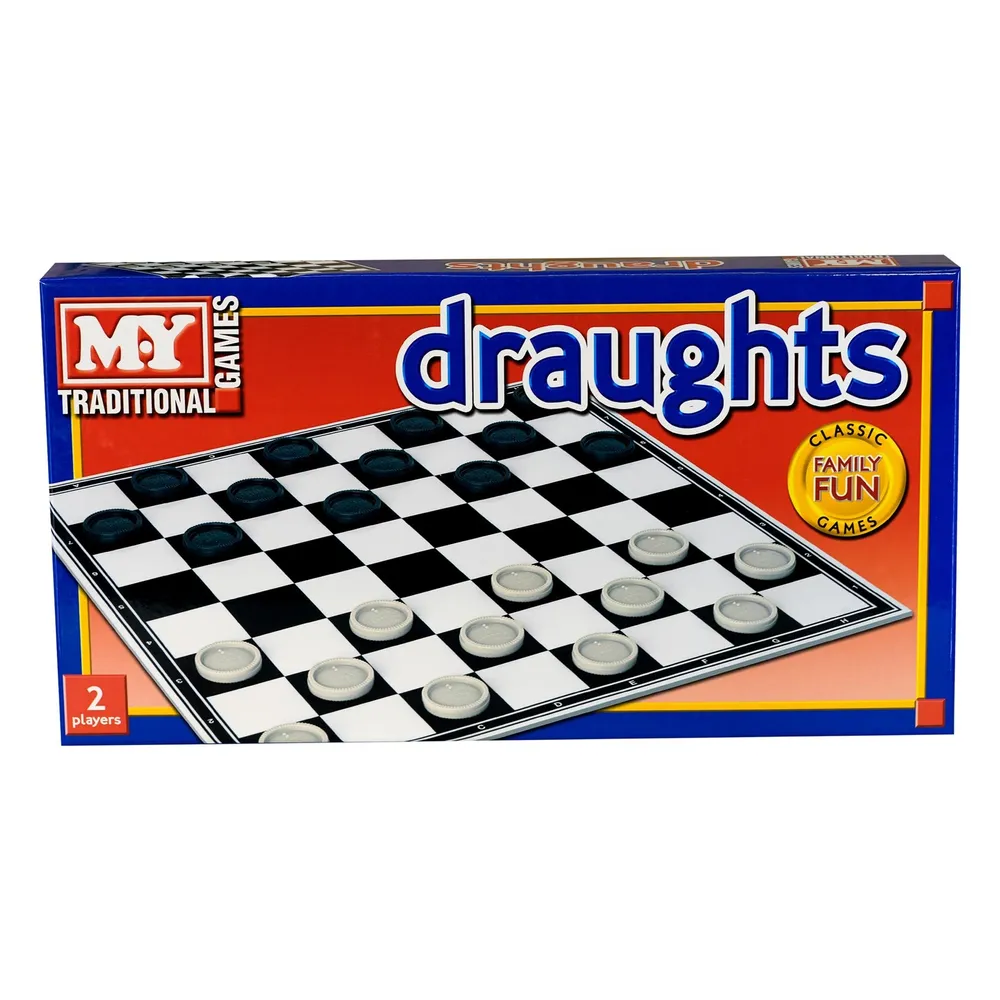Checkers (1150)
Draughts, also known as checkers, is one of the oldest games known to man, dating back to ancient Egypt around 3000 B.C. The game has evolved over time, with different versions played in various parts of the world. The game probably began as a game called Alquerque, or Quirkat, played throughout the Middle East and the Mediterranean basin. The game was enjoyed by the Ancient Egyptians, mentioned by both Plato and Homer, and even made its way into India. The first more detailed and contemporary reference to draughts comes from the area of 16th-century Spain, where Antonio de Torquemada wrote about the game. In the first half of the 18th century, a new version of draughts appeared in France, played on a 10×10 board. The game kept improving until the 1700s and 1800s when the standard rules of the game were established. An English mathematician wrote a treatise about the game in 1756, and in 1847, a championship award was given to the game player – this was when the popularity started. Within this period, the game settled in England, where it is referred to as “Draughts,” and in America where it got the name “Checkers”.
Why is Draughts Popular?
Draughts is still a very popular pastime, despite the era of video games. It can be explained by the simple and transparent rules of the game
– already a 4 or 5-year old kid can learn how to play on the 8×8 board. Draughts is also a great family game that can be played during free time. The game is significant because it has remained a popular pastime for most of recorded history.
Game Components of Checkers
How To Setup Checkers
To set up Checkers, place the game board in the middle of the playing area. Each player starts with 12 pieces on the dark squares of their side of the board. The player with the light-colored pieces goes first.
Gameplay Mechanics and Game Objective
Player Experience
Checkers is a game that requires strategic thinking and planning ahead. Players must carefully consider each move to outmaneuver their opponent. The simplicity of the rules belies the depth of strategy involved, making it accessible to players of all ages while still offering a challenge.
Pros
Cons
Personal Thoughts on Checkers
Checkers is a game that is perfect for those who enjoy strategy but prefer a more relaxed pace. It is an excellent introduction to board games for children and a great way for adults to unwind while still challenging their minds. The game’s simplicity and portability make it a staple in many households, ensuring it remains a popular choice for family game nights and casual play.
We are supported by our audience. When you purchase through links on our site, we may earn an affiliate commission, at no extra cost for you. Learn more.

